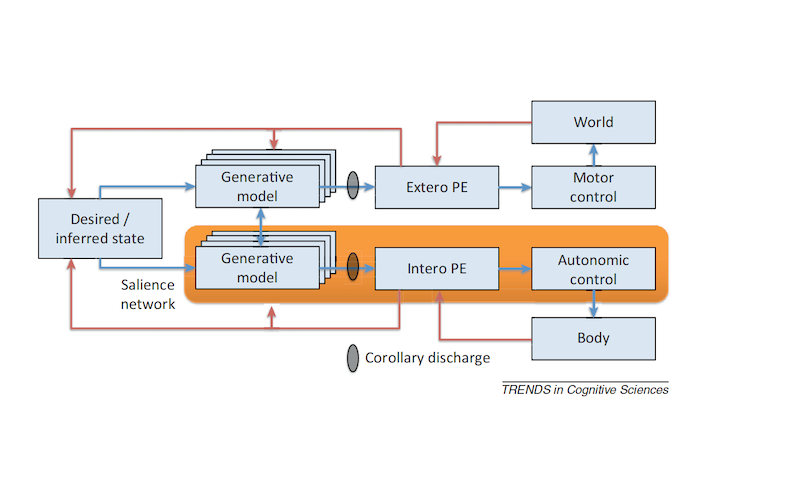
The idea of an autonomous self which is governed solely by the brain is a relatively novel, Western cultural and philosophical development. The most recent incarnation of this distinctly Western idea is the construction of the neurobiological self. The process of constructing this neurobiological self – is an intense technological enterprise. Philosopher Evan Thompson, refers to this materialist and reductive enterprise as ‘neuro-nihilism’. This enterprise has reinforced reductive Western thinking and further alienated the individual from the self as a whole organism, its socio-cultural context and a sense of being environmentally embedded.
With this background in mind it is reasonable to suggest that socio-cultural trends (e.g. neuro-imaging) and conceptual frameworks shape our experience of the self and relationship to our own senses. Contrary to these trends and reductionist thinking, our experience of the self is not exclusively informed by dispassionate irrefutable neurobiological realities.
The term interoception was first used by Sir Charles Sherrington in 1906 in his influential book The Integrative Action of the Nervous System. Sherrington differentiated the following seven senses:
1. interoception – sensation from inside the body, particularly the organs
2. exteroception – sensory inputs from outside the body
3. proprioception – sensory inputs that relate to limb position and movements
4. teloreception – vision and audition
5. chemoreception – taste and smell
6. thermoreception – temperature
7. nociception – sensory input activated by damaging or threatening stimuli
Sherrington situated thermoreception and nociception with exteroception because he regarded these as ‘discriminative cutaneous sensations triggered by external stimuli’. Sherrington’s schema gained traction because both thermoreception and nociception have the capacity for fine grained spatial discrimination. This perspective has informed all modern neuroscience at the exclusion of the more integrated notion of ‘Gemeingefuhl’ (which translates from German as ‘common sensation’). Gemeingefuhl preceded Sherrington’s schema and was the prevailing notion at that time.
FEATURED IMAGE:
A.K. Seth. Interoceptive inference, emotion, and the embodied self (2013).
